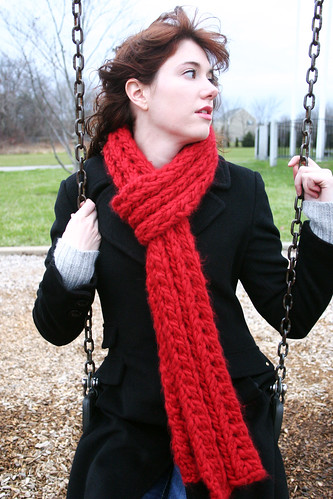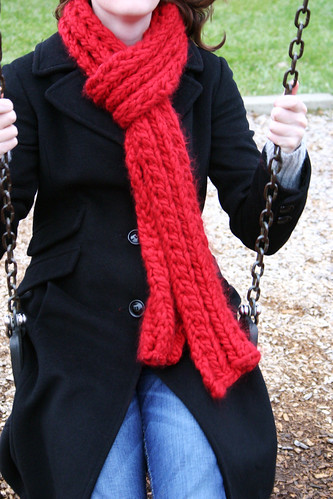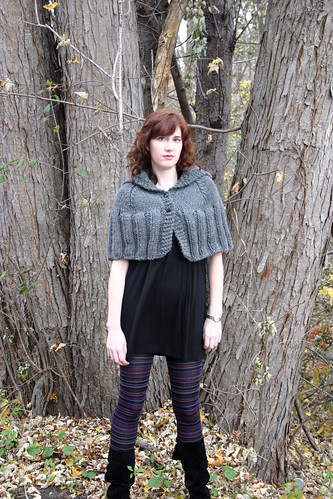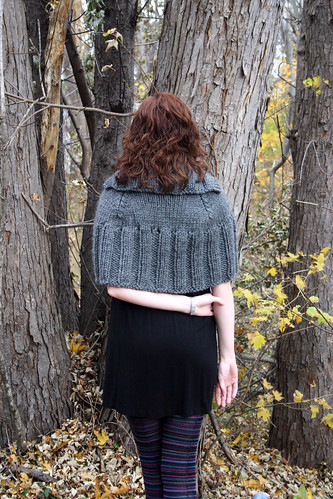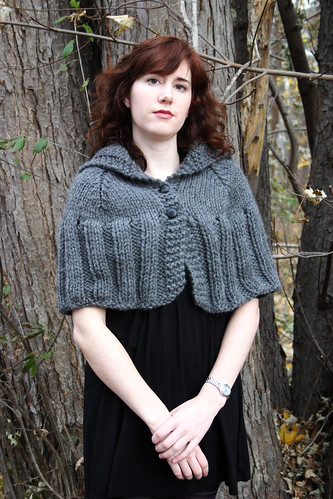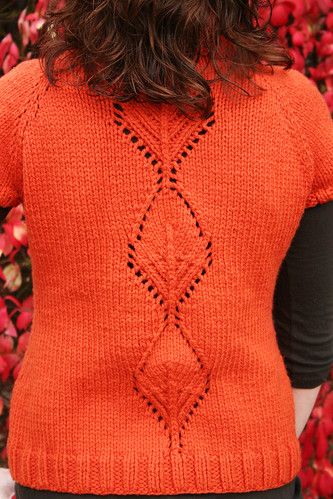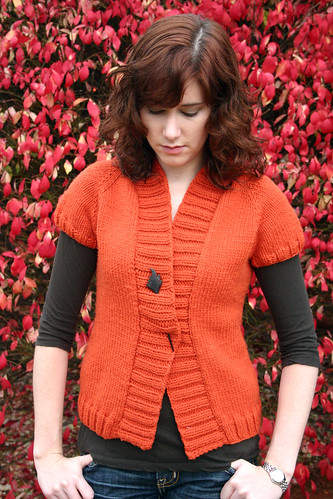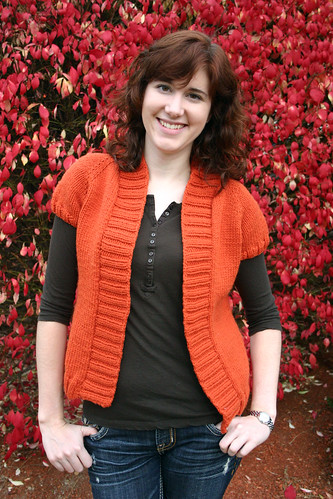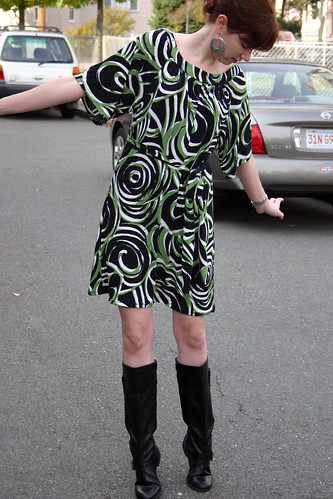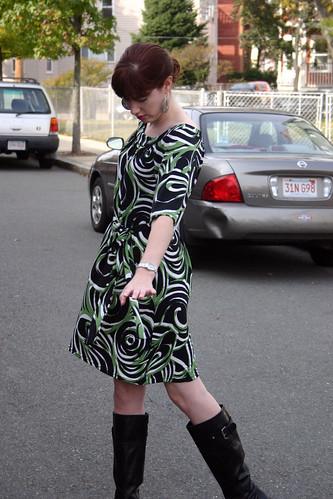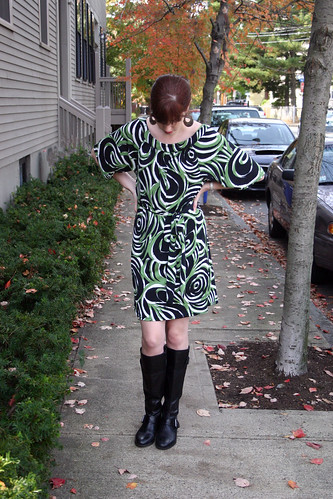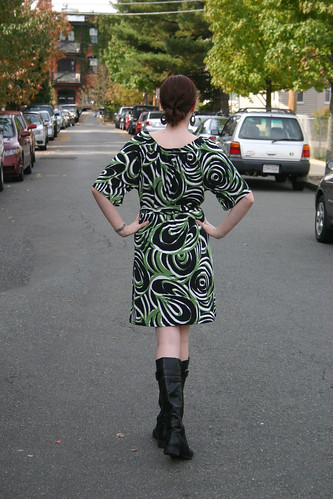I have a tale of woe to share, not for the faint of knitting heart.
In the past 17 years of knitting, I have only had three major finished sweater fails, which isn’t that bad, really. The first being the Central Park Hoodie, a sweater that taught me the importance of knitting a gauge swatch – when I finished sewing all of the seams and tried it on, the sweater would have fit an eight year old and I was 19 at the time. The second is a Twinkle Skating Sweater I made out of Rowan Big Wool, and I learned that super bulky yarn and cables are not that flattering or slimming on the human body. The third, which is chronicled below, taught me the a new lesson: knitting a gauge swatch is not enough, it must be blocked as well to determine how the finished product will actually look and fit.
Ready? Here goes…
After sewing the underarm seams, weaving in all of the ends, and stitching on a pair of button eyes, I thought that my Owls sweater could benefit from a wet block to fix some wonky looking stitches. I found a little sample of Soak that I bought at a yarn store last year, emptied some of the sachet into my bathroom sink, and placed my sweater in the basin for about ten minutes while I hopped in the shower. After I got out of the shower and changed, I drained the basin and carefully squeezed out some of the water in a towel – boy, did that thing keep in water! I carefully transported the sweater over to a dry towel on the floor of my bedroom and proceded to lay out the sweater to dry.
But wait a minute – what was going on with my sweater??? My sweater grew three times the size it was supposed to be.
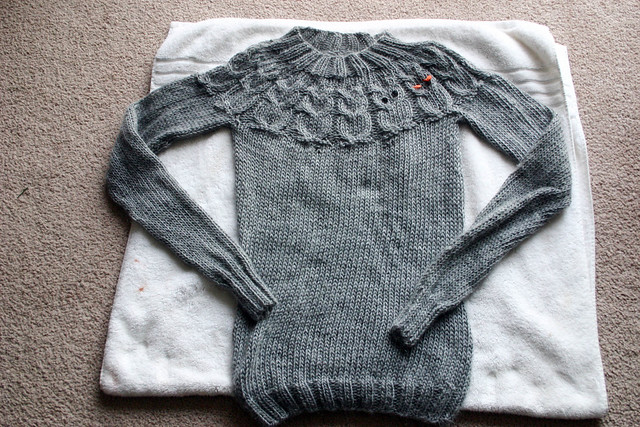
The above picture is a result of my wet blocking. Just in case you haven’t read about my Owls sweater, the yarn in question is Rowan Cocoon, a very nice, very expensive, Merino wool and mohair blend. Not a superwash, mind you, which has a tendency to stretch out and grow. This was wool, which is known for its elastic properties and great memory. What the heck was going on?? I tried to smoosh the stitches together to make it smaller (I have no idea why I thought this would work) but it was no use. I told myself, maybe it’ll shrink up as it drys. So I aimed a fan at it and waited patiently over the next two days to see if there was any change. Nope. In fact, it’s still damp.

Just for reference, the sleeves measure 30″ long and the body of the sweater is 26″. Maybe if I was 6’3″ or had knuckles down to my knees it would fit!
Here’s a before and after so you can see in detail how much the stitches themselves stretched out:
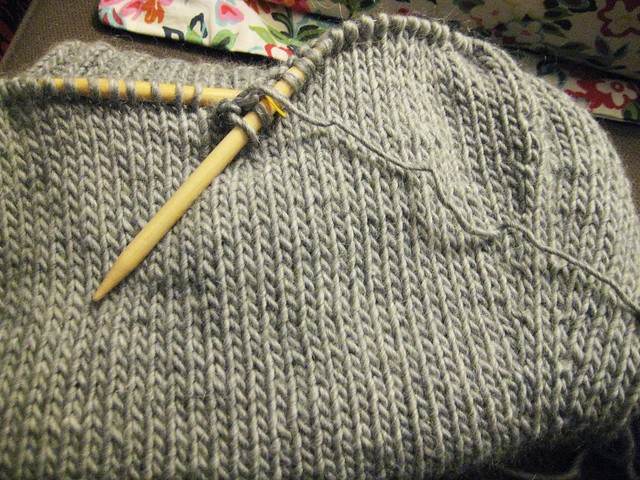
Look at those nice and tidy stitches, that dense knitted fabric. It’s perfect, it’s on gauge, and lovely! Now here’s the after-blocking picture:
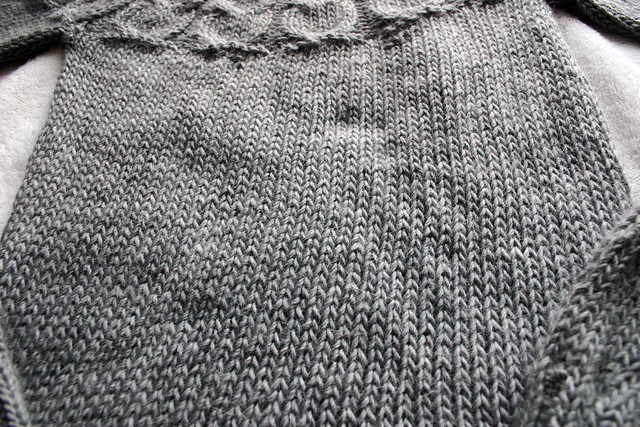
It looks like I knit this thing on US 15 needles when I actually used US 11 needles. Wowzers.
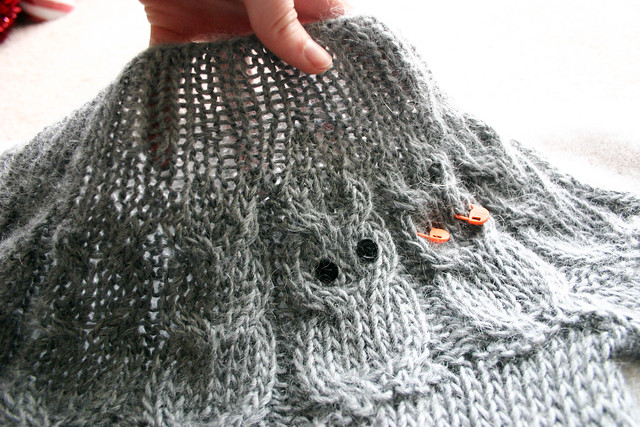
There is no way that you should be able to see through that ribbing, and I’m not even stretching it out in that picture. I’d have to wear a tank top underneath this sweater so that my bra isn’t exposed since it’s that loose, and I bet you’d see the big mole on my stomach, too.
So what the hell happened?? I know mohair has a tendency to grow over time; my first sweater I ever made was knit out of 100% mohair and the sleeves kept growing each time I washed it. This yarn is only an 80/20 blend, so it’s mostly comprised of wool. I tried searching on Ravelry to see if anyone else had this problem with Rowan Cocoon and found only one or two people who had tragedy strike, but that was it.
When I told my friends at knitting night what happened to my sweater, one of my friends asked me, with wide eyes and an incredulous look, “Don’t you wet block your swatches?” I sat there a bit dumbfounded since the concept of wet blocking a swatch was foreign to me. I guess I learned my lesson on this project!
Honestly, I’m not that upset about what happened. As I sat there trying to figure out what the heck was going on with my wet gorilla-sized sweater, I said to myself, “huh, that’s interesting. Alright then.” I think it’s due in part to the fact that I wasn’t totally in love with this sweater. I just wanted to finish knitting it so I could move on to another project (which I have, yay) and so I could wear it to Vogue Knitting Live this weekend. If the yarn I used should only be steamed blocked, even though the label says “hand wash,” then it’s just as well that it didn’t turn out right because I’d never make a sweater I couldn’t properly wash, eww eww. And for yarn that’s $16.95 a ball, it better do what I want it to do, dammit.
So a-ripping out I shall now. There’s six balls of expensive yarn invested in this sweater that I am not letting go to waste. I’m thinking a big, in-your-face statement cowl like the Gap-Tastic Cowl on Ravelry.
Hold this thread as I walk away…
